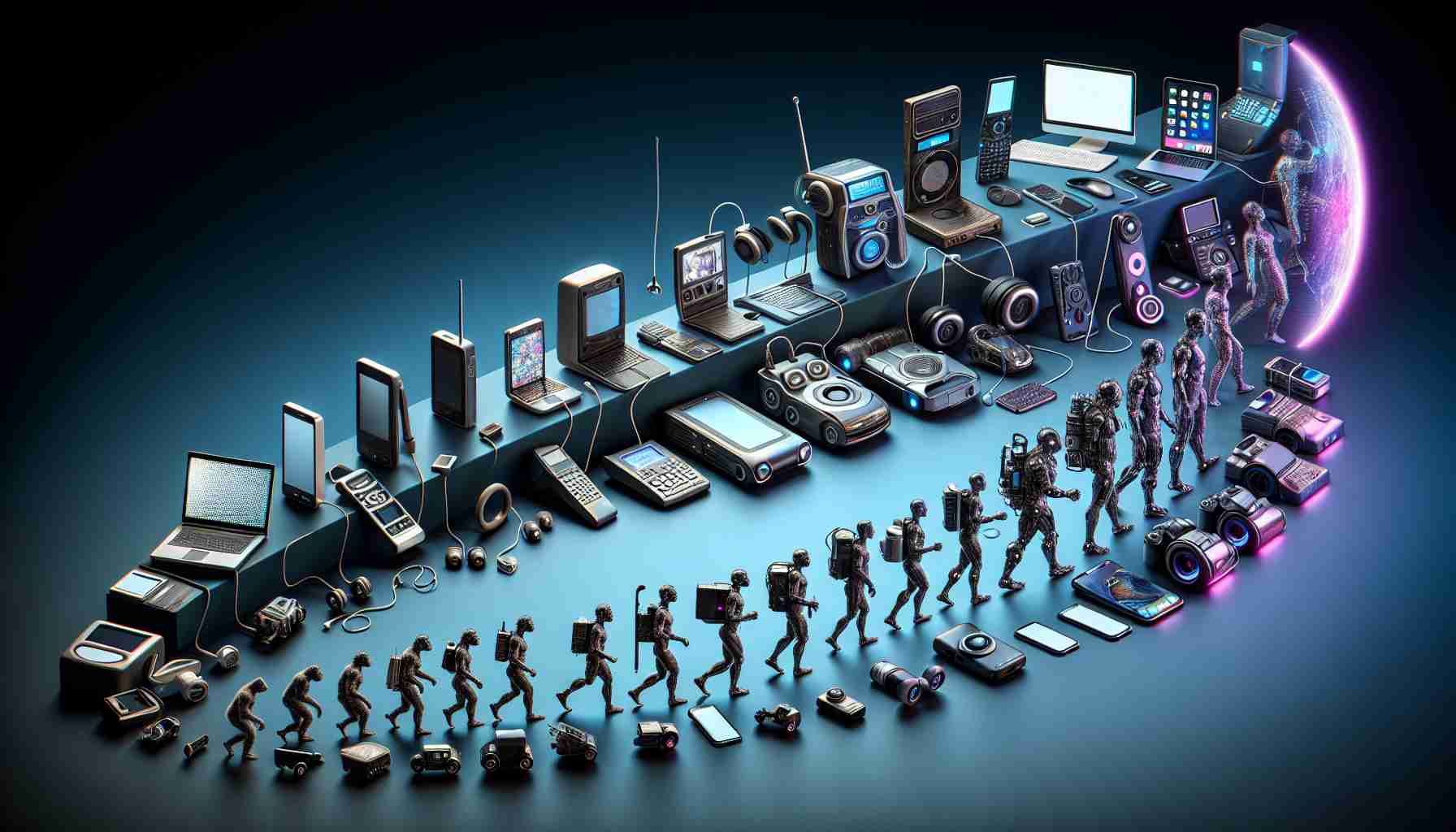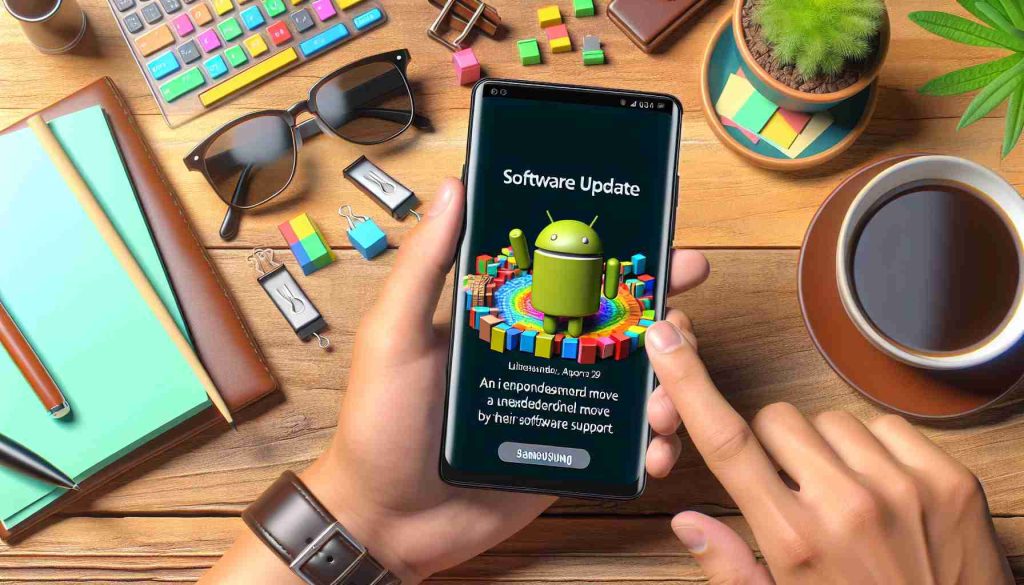Apple Watch Encourages Healthy Habits
Apple’s latest marketing strategy now targets a different demographic – children too young for smartphones and their parents’ wallets, promoting them to become Apple Watch users. This move coincides with schools across the United States implementing bans on students bringing phones to campus, creating a strategic shift in Apple’s marketing approach.
Focusing on New Markets
In response to a decline in revenue, Apple is now actively engaging in attracting school-aged children as a new market segment. Presenting Apple Watch as a great choice for kids, the tech giant emphasizes the device’s features that facilitate parental oversight while keeping children connected and active without the distraction of social media or games.
Expanding Reach to Seniors
Apart from targeting children, Apple is also looking to expand the product’s appeal to seniors with features such as fall detection and heart health monitoring. The rumored addition of a non-invasive blood sugar detection feature may serve as a pivotal selling point in capturing the senior market.
Phasing Out Phones in Schools
As the trend of ‘phone-free schools’ gains momentum, with states like Florida, Indiana, and Ohio implementing policies to restrict or ban phones on campuses, Apple’s move to promote watches as an alternative device aligns with this educational shift. Virginia’s governor signing an executive order for ‘phone-free schools’ signifies a growing movement towards limiting smartphone use in educational settings.
Apple’s Strategic Shift Towards Children, Seniors, and Beyond
As Apple reorients its marketing strategy towards children and seniors with the Apple Watch, additional intriguing facts and implications come to light. One key question that arises is how will Apple ensure the safety and privacy of children using their devices, especially in an increasingly connected world? To address this concern, Apple has invested heavily in designing robust parental controls and safeguards to protect young users.
Another significant aspect to consider is the potential impact on the traditional watch market as Apple makes inroads with its tech-infused timepieces. How might established watch manufacturers react to this shift, and will we see a convergence of fashion and technology in the watch industry? These challenges highlight the evolving landscape where technology and lifestyle intersect.
Advantages of Apple’s strategic shift include fostering healthier habits among children by encouraging physical activity and reducing screen time. For seniors, the Apple Watch’s health monitoring features can provide crucial insights and potentially save lives in emergency situations. However, a key disadvantage is the reliance on technology at younger ages, raising concerns about overexposure and dependency on devices from a young age.
In light of these developments, it’s essential to address the controversies surrounding children’s screen time and the potential over-reliance on technology for health monitoring in seniors. Finding the right balance between tech integration and traditional values is crucial for the success of Apple’s shift towards these demographics.
For deeper insights into the wearable tech market and the implications of Apple’s latest moves, readers can explore articles on Apple’s official website. Delving into the intersection of technology and health, CDC’s website offers valuable information on promoting well-being across different age groups.




















